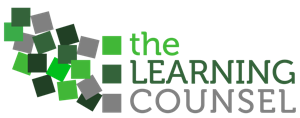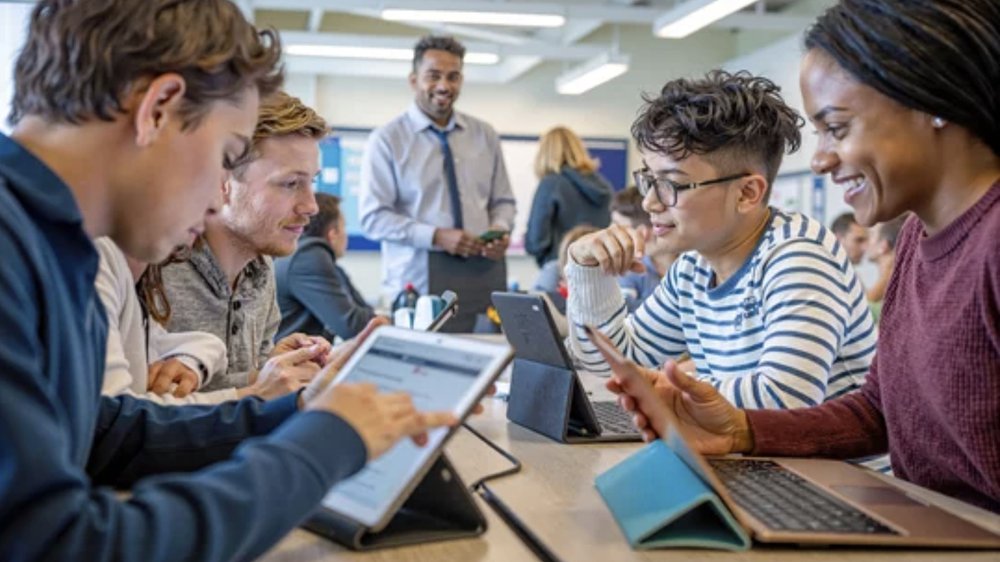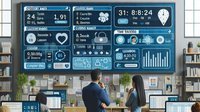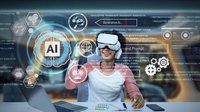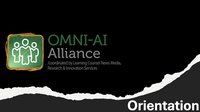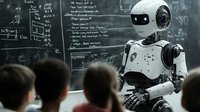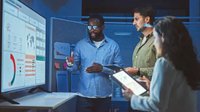Now that there is AI on the scene, a new type of innovation is coming into play to change schooling America’s students. Yes, schooling is about to change, not just they paradigm of how classrooms are run or teaching methods, culture, or themed models like “Tech High School,” “STEM School,” “Fine Arts School,” and other mostly themes rather than a complete shift in the structure/form/model/method of how schooling is executed.
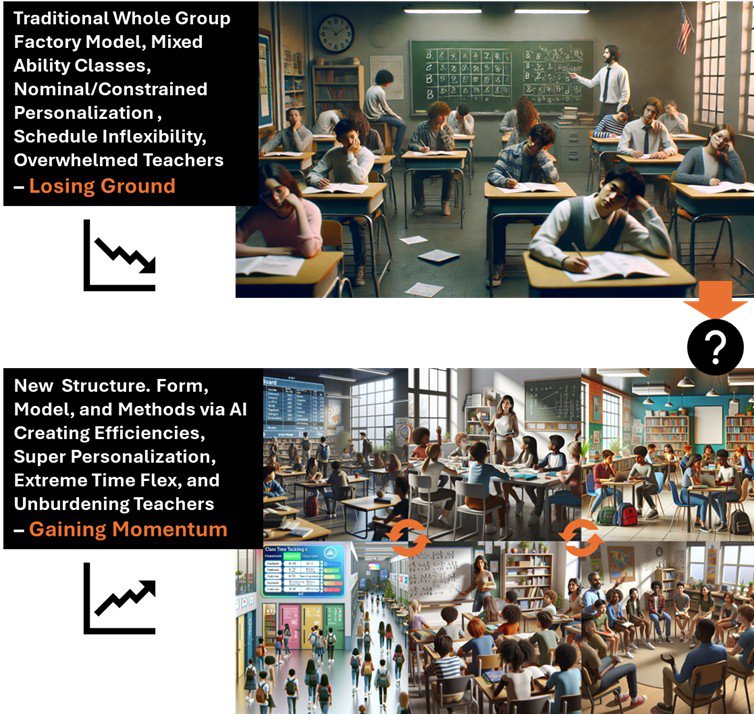
The new innovation on the horizon will redefine the way we think of schools in terms of:
- School Structure (ownership is public or private)
- School Form (configuration of space use, time-use and resources)
- School Model (instructional delivery framework)
- Teaching Method (teacher’s role, techniques and strategies)
All of these definitions will shift as schooling flips how leadership is done to become a technology enterprise with direct delivery of extreme learning personalization first and secondly distributes on-demand human teaching whether on-campus, online or some hybrid. The convergence of all the types of AI will create this, not just Generative AI in the hands of teachers or learners. This will be considered “flipped leadership” because currently the top-level administrators think of their human organizational chart, the campus buildings, the flow of students in linear schedules with full control over subjects and progression by grades with metrics that are fed back to States and the Federal level on long-ago established patterns.
The real shift with AI will change the entire foundation of what we think of as a school or a teacher. What is this vague new structure/form/model/method shift going to be?
Well, it won’t be more of the same. The point at which an inevitable metamorphosis into a something else in structure/form/model/method will explode upwards for a century-turner type new Age will be when Generative AI, Time AI, Recommendations-Engine AI, Agentic AI and other forms of AI converge. Until then, AI will be applied ad hoc as other edtech has already done to the existing overall schooling reality.
The drivers for a metamorphosis happening will be both the epic lack of teachers and the continued and accelerating decline of the traditional schooling model as the one parents and students opt into. In the absence of the new structure/form/model/method already existing, the entire education is groping in the dark toward it anyway, disaggregating into homeschooling and micro-schooling as it seeks the new thing without knowing what it is.
Before explaining what the definitions will probably shift to and why, here is a recap on what’s been tried before for arenas of innovation in schools.
Arenas of Schooling Innovation Already Tried
Learning Counsel Research’s 2023 Digital Transition Survey asked schools and districts to respond as to which schooling strategy innovations they had tried. Respondents could check every category. The survey had 4,912 Responders, 28 percent urban, 39 percent suburban, 17 percent rural and 16 percent other, including online schools and combo districts.
Note upfront that none of these arenas of innovation have worked to turn the tide very significantly for traditional schools. They are still failing, seeing turnover, seeing their market slip away to homeschooling, online schools, and many new alternatives.
The things tried by schools included changing curriculum, which might mean they’ve tried a different curriculum resource (courseware, textbook, any sort of program like a focus on literacy or STEM). The frenzy of focus in this area continued through 2024 and is expected with 2025 surveys.

Culture innovation is normally a new administration-led theme like:
Belonging & Inclusion; Safe, Seen, Supported; Thrive Together; Kindness Counts; Leading with Integrity; Respect. Responsibility. Resilience.; Stronger Together; Partnership for Success; Learner First; Your Future, Your Voice; Show Up for Success; Voices of Many; Unity in Diversity; Future Ready Culture; Innovators of Tomorrow; Learning Without Limits.
Other programs address cultural issues such as high absenteeism, school violence prevention, managing conflict and tension, accommodating different world views.
Adding staff has helped with implementation supports, specifically for Individual Education Plans (IEPs) which in many places nearly every student has, making teachers’ jobs untenable. Dropping to four-day school weeks and dedicating open flex time for students who need to use those hours for catching up has also been a trend.
Schools have attempted to redefine both teaching and student roles, but only within the context of the existing traditional schooling structure of whole-group teaching and learning by grade batches. The overall structure has continued to be thought of as only the alternatives of public, private or online, and many districts have added an online and/or alternative program of learning as a separate track from their campus learning.
Some schools have done interesting things with how they are segmenting by grades or age, sometimes offering placement by competency or interest to students in various ways, yet still within the traditional factory model of schooling.
Less than 20 percent have offered a course versus class orientation, and those were all predominantly online programs or schools with mostly teacher-less structure for courses.
Many schools and districts in the past several years have hired public relations and marketing staff due to steep drops in enrollment.
The AI Convergence
When speaking about AI, it’s important to see how it will impact the future by not thinking of it as a “tool” that will only be used by teachers and students, a sort of quantum chatbot.
There are many other types of AI, and theoretically they will converge to create a new reality. Yes, I am authoring another article on what that timeline looks like and where it leads, so stay tuned.
Meanwhile, here are the redefinitions for school and district leaders, anybody, really, to understand for the future. These definitions allow the real schooling shift to accommodate the forthcoming AI convergence. In particular, Time AI will cause flex-grouped instruction and dynamic pacing for each individual student in sequenced study programs that the AI takes care of socially intersecting with other students and live teaching in asynchronous schedules.
These are the four ways schooling has been defined in the past, with the old thinking and definitions versus the new. These definitions take into account the fact that AI will converge the various “types” into a new holistic reality.
| OLD THINKING (Indirect) | NEW THINKING (Direct) |
|---|---|
| Schooling STRUCTURE – teaching and learning ownership as public or private institution with sole dominion in which subjects offered, which teachers, what schedule. | Schooling STRUCTURE – ownership by the individual learner with ad hoc association to institutions whether public or private as well as online resources, gig teachers/tutors and personal schedule. Schooling structure potentially becomes disaggregated learning. |
| School FORM – constrained configuration of space, time-use and resources, organized for whole group instruction or online whole group via virtual meetings, synchronous instruction with some asynchronous study -- constrained by resources (teacher-student ratios, technologies, physical spaces, linear time schedules.) Historic Forms: Traditional campus schools, Online Schools | School FORM – unconstrained asynchronous configuration of space, time-use and resources. Free to utilize mixes of traditional synchronous whole group and/or asynchronous personal pace-based with AI auto-cohorting in any configuration of physical campus or virtual, all online, or a blend – unconstrained by time, space, human and curriculum resources. New Forms: Single-Subject Tutoring Retailers, Gig Teachers, School-as-Pathway-Planner- Only, partial-affiliation Schools, as well as Traditional and Online Schools and homeschooling. |
| School MODEL - The organization of grades, schedules, specificity of instructional methods, and student support services. Examples include traditional brick-and-mortar, hybrid, project-based, competency-based, and virtual learning models. Model may also be inaccurately labeled with themes such as STEM, Gifted, Fine Arts, Outdoor/Expeditionary or Magnet, as well as methods such as Socratic questioning, Montesssori, Waldorf, Steiner, Special Education, Immersion, etc. MODEL assumes one-to-many teacher-led time-bound instruction, grade progression by age, fixed schedules for class periods. | School MODEL – Learning services hub, not specifically grade-bound and a la carte with schedule flexibility, non-specific instructional method, with the delivery framework any mix of physical campus spaces and virtual, personnel on site and distance gig faculty. Disaggregated service offerings of pathway planning, courses with or without teaching, AI chatbots, tutoring, electively intentional socialization, weekend and summer schedules, networked offerings in partnership with other providers in an unlimited matrix are mixed into models -- blurring the word “school” into more of a “hub.” A MODEL may use any theme and mix of curriculum and teaching method – so “Model” is really “Brand.” |
| Teaching METHOD – teachers control techniques or strategies employed in instruction with teachers controlling the pacing of information in standardized content formats with learning outcomes measured by tests. | Teaching METHOD – school/service controls technique of conveying knowledge, guiding leaners to cognition. Teachers may or may not control pace or information and principally add human caring and diagnosis to inspire and cause increased personalization. |
